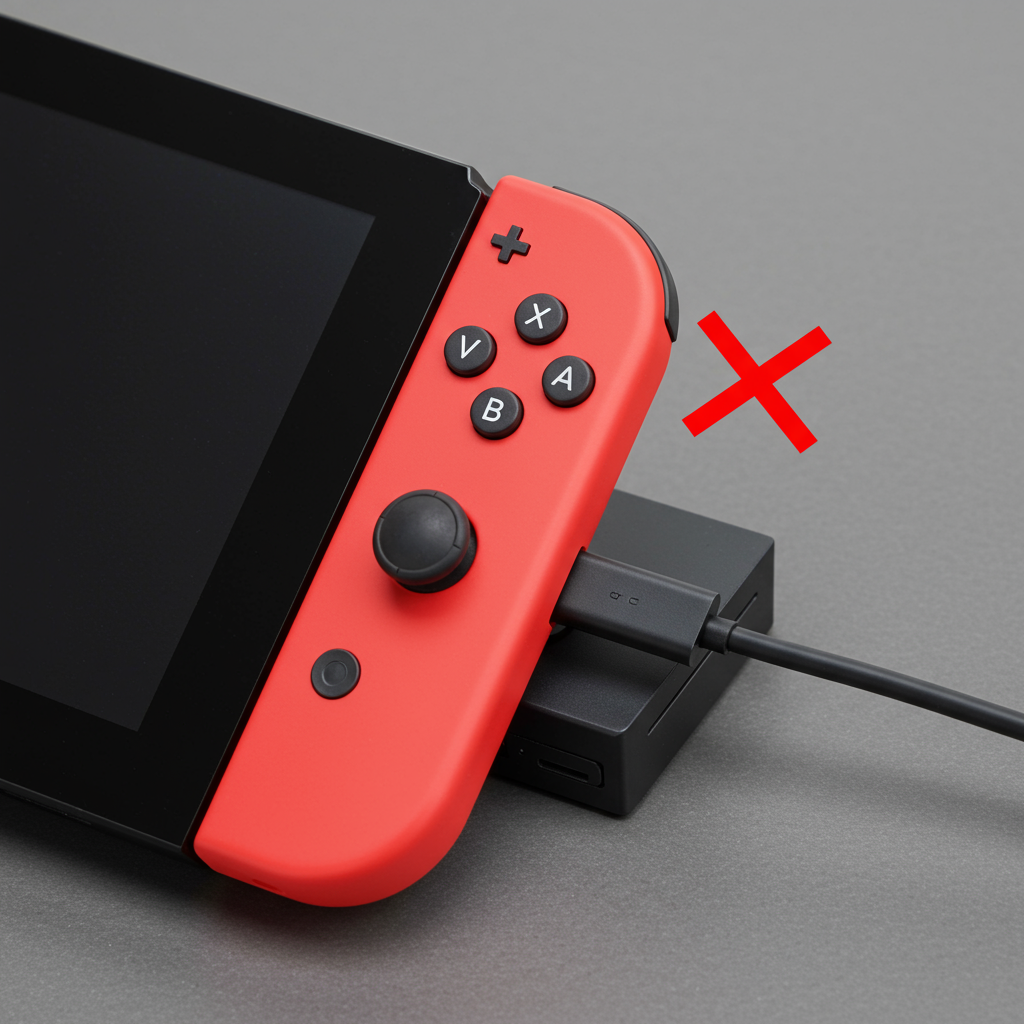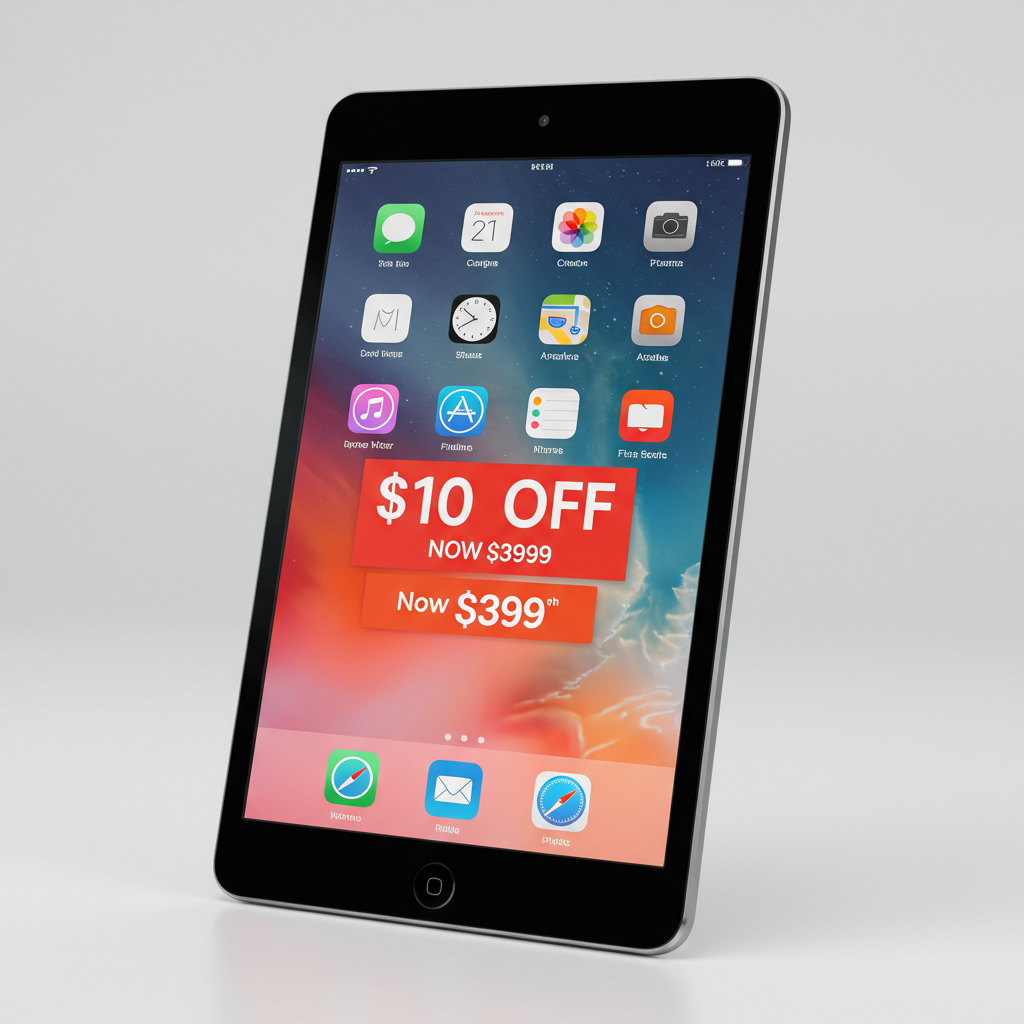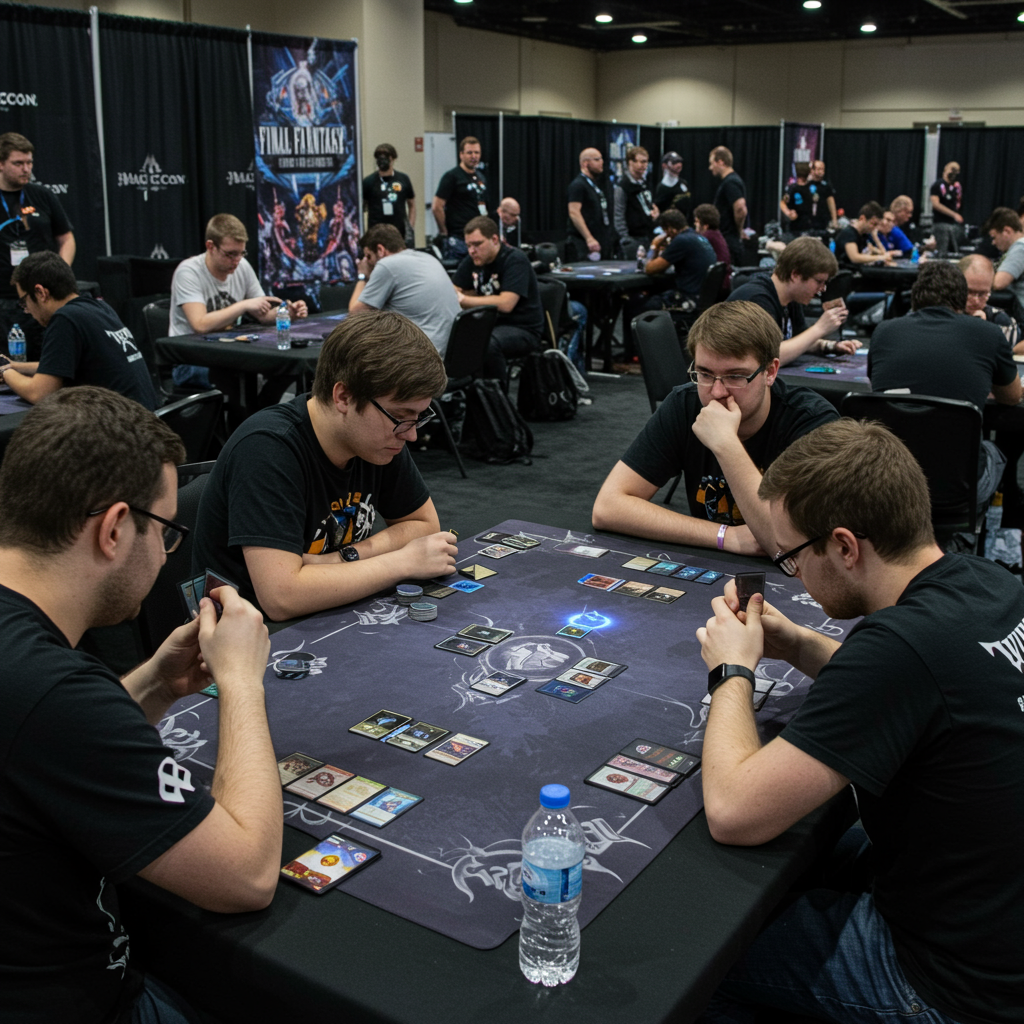Accessory makers racing to support the newly launched nintendo switch 2 face a significant hurdle: widespread incompatibility with third-party docking stations. Reports suggest Nintendo has implemented new, strict measures on the console’s USB-C port. This move appears designed to block most unofficial docks from functioning correctly. For consumers hoping to use existing accessories or find cheaper alternatives, this presents an immediate challenge.
The core issue lies in how the Switch 2 communicates with docking peripherals. Standard USB-C protocols allow devices supporting video output (like handheld consoles or laptops) to easily connect to external displays via compatible docks or adapters. When connected, a standard sequence of commands usually kicks off to negotiate power and enable video output modes, like DisplayPort-Alt mode. However, according to detailed investigations, this straightforward process is not happening when you connect the Switch 2 to the vast majority of non-Nintendo docks.
Unpacking the Technical Challenge: New USB-C Restrictions
Reporting from The Verge, particularly analysis by Sean Hollister, reveals that the Nintendo Switch 2 does not follow these standard, structured communication protocols. Instead, after initial basic power negotiation, the console shifts to a proprietary, “vendor-defined,” “unstructured” dialogue with the dock. This complex exchange involves over 30 unique messages before video output is enabled. Accessory manufacturers indicate this system relies on a new encryption scheme. They also suspect a dedicated encryption or authentication chip is present within the Switch 2 and its official dock to facilitate this proprietary handshake.
Hollister’s testing reportedly observed the new console “not behaving like a good USB citizen should.” This technical departure from open USB-C standards is the root cause of the compatibility breakdown. It means that many existing portable docks, USB-C hubs, and even some USB-C video glasses designed to work with standard devices simply fail when plugged into the Switch 2.
Manufacturers Halt Development Efforts
This unexpected technical barrier has had immediate repercussions for companies specializing in gaming accessories. Brands known for producing high-quality third-party docks for consoles and handheld PCs are hitting roadblocks. For instance, Jsaux, a popular maker of docks for devices like the Steam Deck, has publicly stated they’ve halted plans to develop and release a Switch 2 dock. They informed The Verge that they currently cannot get around the problem posed by Nintendo’s new system. This suggests the issue is not a simple firmware fix but involves fundamental hardware or low-level communication protocols that are difficult, if not impossible, to reverse-engineer quickly.
The problem doesn’t appear to be merely about higher power requirements, as some might speculate. Analysis shows the incompatibility stems directly from Nintendo’s authentication or encryption process. Devices that don’t participate in Nintendo’s specific proprietary dialogue are effectively locked out of initiating the video output function required for TV mode or connecting to external displays.
Finding Compatible Accessories: A Limited Landscape
While most third-party docks are failing, a few specific accessories have reportedly shown compatibility with the Switch 2, though the landscape is sparse. Testing by The Verge and reports from users on the NintendoSwitch2 subreddit indicate that a limited number of options might work.
Currently reported compatible docks and accessories include:
The SIWIQU for Nintendo Switch 2 Dock Station (also referred to as Antank S3 Max). This dock was specifically tested by Sean Hollister and found to work, apparently sending coded messages similar to the official Nintendo dock.
AverMedia’s own dock.
Viture’s virtual glasses hub.
Xreal is also reportedly developing a new device, the Xreal Neo, specifically aimed at enabling compatibility with their virtual glasses.
It’s worth noting that the Antank dock’s chip supplier reportedly identified a specific repeating hexadecimal string used in its communication with the Switch 2 as a “current key being used by Nintendo.” While the Antank dock supports firmware updates that could potentially address changes to this key by Nintendo, accessory makers and experts anticipate Nintendo may try to further restrict third-party access through future system updates. This limited compatibility, coupled with the potential for future restrictions, leads to understandable caution among consumers and manufacturers. Early third-party docks for the original Switch also caused problems, adding another layer of concern.
Why Is Nintendo Doing This? Potential Motivations
Several potential reasons are being discussed for Nintendo’s decision to implement these strict USB-C restrictions and proprietary authentication.
One primary motivation is likely maintaining device and system security. The new encryption scheme is directly linked to Nintendo’s expected efforts to control the ecosystem. By requiring a specific handshake, Nintendo can potentially prevent unauthorized access or modifications to the console’s output.
Another potential driver could be preventing damage to the console. Low-quality or poorly designed third-party accessories caused issues, including bricking consoles, with the original Switch. By controlling which docks can interact fully with the system, Nintendo might be trying to preempt such problems with the Switch 2. However, critics note that Nintendo’s previous proprietary protocols didn’t entirely prevent such issues historically.
Managing increased heat output and performance demands is also a possibility. The Switch 2 reportedly runs hotter than its predecessor and includes extra cooling, including a fan in the official dock. Nintendo’s upscaling technology or the demands of higher performance might interact poorly with unregulated power or video signals from unofficial docks. However, some initial thermal testing with a working third-party dock hasn’t definitively proven this is the primary reason for the lockdown.
Finally, while not always explicitly stated as the sole driver, controlling the accessory market is an inherent outcome of these restrictions. By making it difficult for third parties to offer compatible docks, Nintendo encourages users to purchase the official, likely more expensive, Nintendo dock. The official dock is described as more powerful and capable than the original Switch dock, potentially adding value to justify its purchase, but this lockdown limits consumer choice for essential functionality like portable docking.
The Ongoing Battle for Compatibility
The situation appears to be an “ongoing battle” between Nintendo’s technical restrictions and accessory manufacturers. Nintendo has intentionally “walled off” the Switch 2’s video output functionality through proprietary authentication. This compels accessory developers to either attempt to reverse-engineer the system or develop entirely new, specific hardware designed solely for the Switch 2, rather than relying on the convenience and universality of the open USB-C standard.
Despite the current difficulties and the limited number of working options, it is anticipated that more compatible third-party options will emerge in the future. Manufacturers are likely already working to understand and potentially replicate or bypass Nintendo’s proprietary system, though this process could be lengthy and complex. The landscape of Switch 2 accessories, particularly docks, will likely remain turbulent for some time as manufacturers navigate these new technical hurdles.
Frequently Asked Questions
What is causing most third-party Switch 2 docks to not work?
Most third-party docks fail because the Nintendo Switch 2 uses a new, proprietary authentication and encryption scheme for its USB-C port, rather than following standard protocols for video output. This system involves a complex, ‘unstructured’ communication dialogue that generic docks don’t understand, likely requiring a specific chip or key to activate TV mode.
Which third-party Switch 2 docks are reported to work currently?
As of initial reports, only a few specific third-party docks have shown compatibility. These include the SIWIQU (Antank S3 Max) dock, AverMedia’s dock, and Viture’s virtual glasses hub. Xreal is also developing a dedicated accessory (Xreal Neo) to enable compatibility for their virtual glasses. The number of working options is very limited currently.
Does this mean I can’t use my old Switch dock or other USB-C accessories with Switch 2?
Yes, this new system means your original Nintendo Switch dock is explicitly not compatible with the Switch 2. Furthermore, most generic third-party USB-C docks, hubs, or video accessories (like certain virtual glasses) designed for standard USB-C devices will also likely not work for video output with the Switch 2 due to the proprietary authentication requirement.
Conclusion
Nintendo’s apparent decision to lock down the Switch 2’s USB-C port with a proprietary authentication system is causing significant disruption for third-party accessory manufacturers and limiting options for consumers. While potential reasons like security, preventing console damage, or managing performance exist, the immediate result is that most existing third-party docks are incompatible. Only a handful of specific accessories are currently reported to work. This situation presents an ongoing challenge for accessory makers who must now attempt to navigate or reverse-engineer Nintendo’s system, suggesting that consumer choice for Switch 2 docks will be restricted for the foreseeable future. The landscape for third-party Switch 2 accessories remains a developing story.



